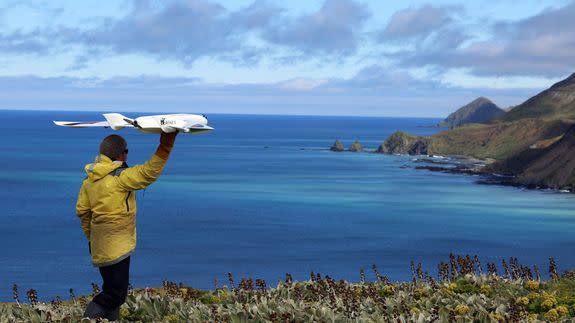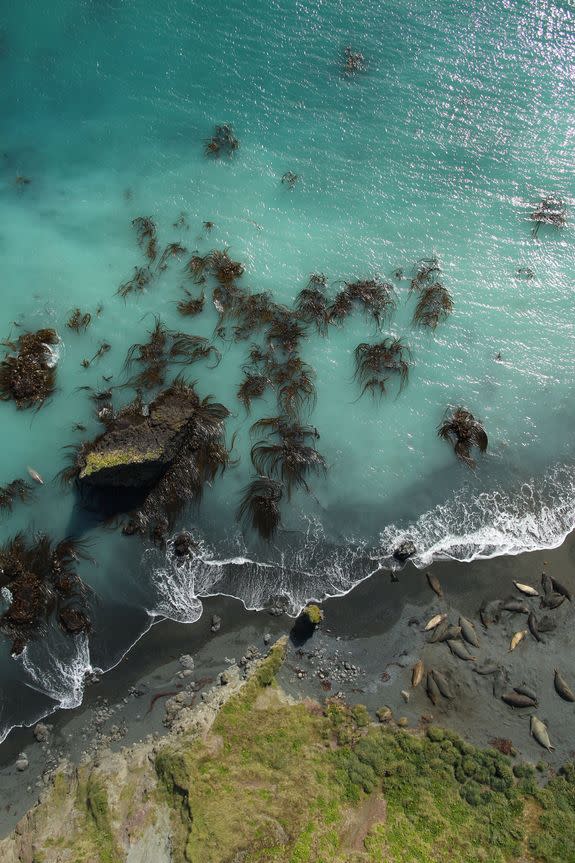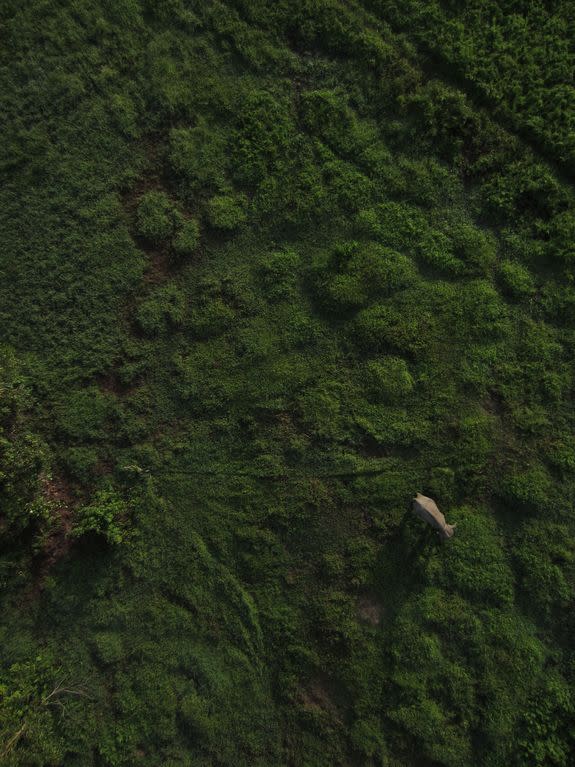A new code of conduct to protect animals from drones

A quick search online will reveal dozens of videos of drone and bird encounters. While it's always impressive to see a bird of prey take down a pesky quadcopter, the disturbance could impact the animal in ways we don't yet understand.
As the commercial drone industry kicks off and drones are increasingly used in conservation efforts, two Australian researchers have developed an animal-drone code of conduct to begin the conversation about how these machines should be ethically used.
SEE ALSO: This is what Xiaomi's first drone looks like
Clearly, we can't be trusted to do the right thing — as every drone versus goose and drone versus kangaroo encounter proves.
Jarrod Hodgson, a researcher at the University of Adelaide's Unmanned Research Aircraft Facility (URAF), and Lian Pin Koh, director of URAF and founding director of ConservationDrones.org, who have both used drones for wildlife monitoring, believe more needs to be done to assess their impact. The code of conduct was published in the journal, Current Biology.
Some of the steps in the code include adopting a precautionary approach to flying near animals, thinking about the ethical treatment of animals during research and ceasing operations if the flight path is clearly disruptive.
In the case of ecological surveys, they suggest people should consider whether data could be collected via manned aircraft or satellite from altitudes that don't affect the animals. The appropriate drone for the job could also be selected to minimise intrusion, even potentially altering the technology to "mimic non-threatening wildlife."
Hodgson told Mashable Australia the code of conduct was just a first step. "Hopefully, we can develop species-specific protocols so researchers can use drones as a powerful and low-impact ecological research tool," he said.

Image: Jarrod Hodgson
Hodgson said we don't really know the full impact drones have on animals. While some studies have looked at the effect of drones on animals from an observational point of view — flying near wildlife and seeing how they respond — few have measured important physiological elements such as heart rate and stress.
For birds, in particular, flying drones near their nest could have a dramatic impact. "If you did fly a drone really close to a nesting bird, it could take flight, and ultimately, it could cause it to abandon that nest," Hodgson explained. "Potentially, right through to a large colony."

Image: Lian Pin Koh
Hodgson hopes the code of conduct will also be adopted outside the world of academia, so all kinds of critters are spared the intrusion by irresponsible drone pilots.
While Australia's Civil Aviation Safety Authority hasn't issued guidance on the topic, other institutions are putting policies in place to protect animals from drones. The U.S. National Oceanic and Atmospheric Administration, for example, has issued advice to help protect marine life from drone disturbance. In the Australian state of New South Wales it is not permitted to fly a drone in a national park without a permit. The National Park Service in the U.S. has also tried to ban drones.
"It might be unintentional by hobbyists or commercial pilots, but that's where increasing awareness will help people to understand what could result from their actions," he said.
